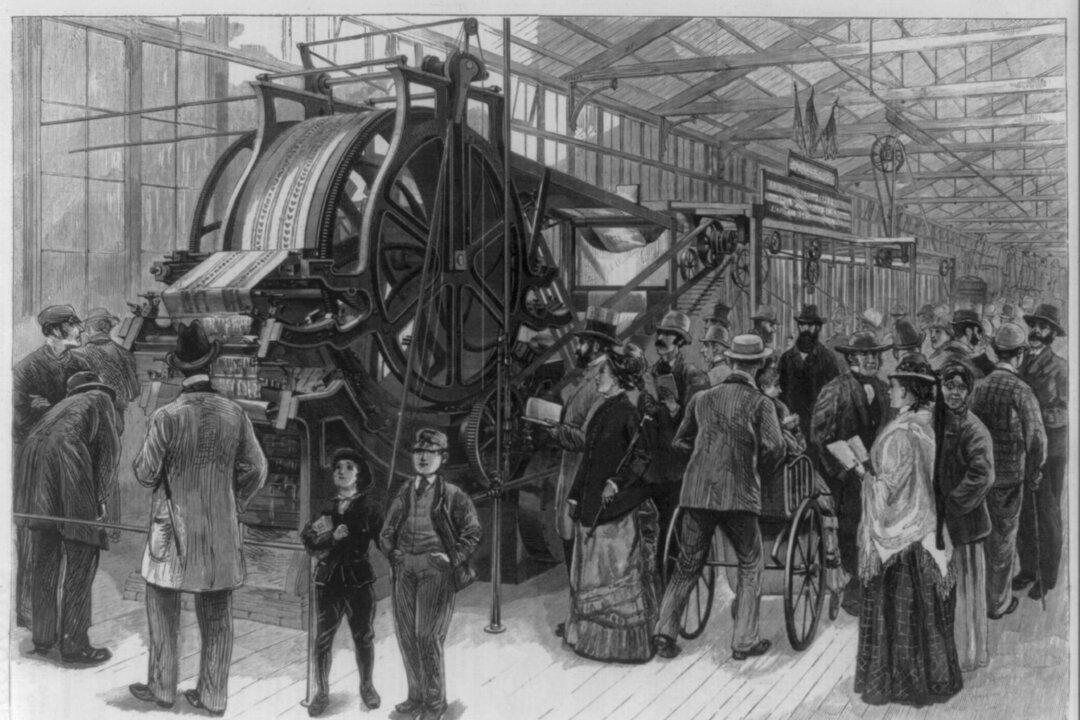It was said that there was nothing the young James Clerk Mazwell couldn’t decode. Curiosity drove him to figure out how locks and keys and other puzzles worked.
Maxwell grew up in Scotland, and his eccentric ways and introverted personality in school made him the butt of jokes among his classmates; they laughed at him and called him “Dafty.”






